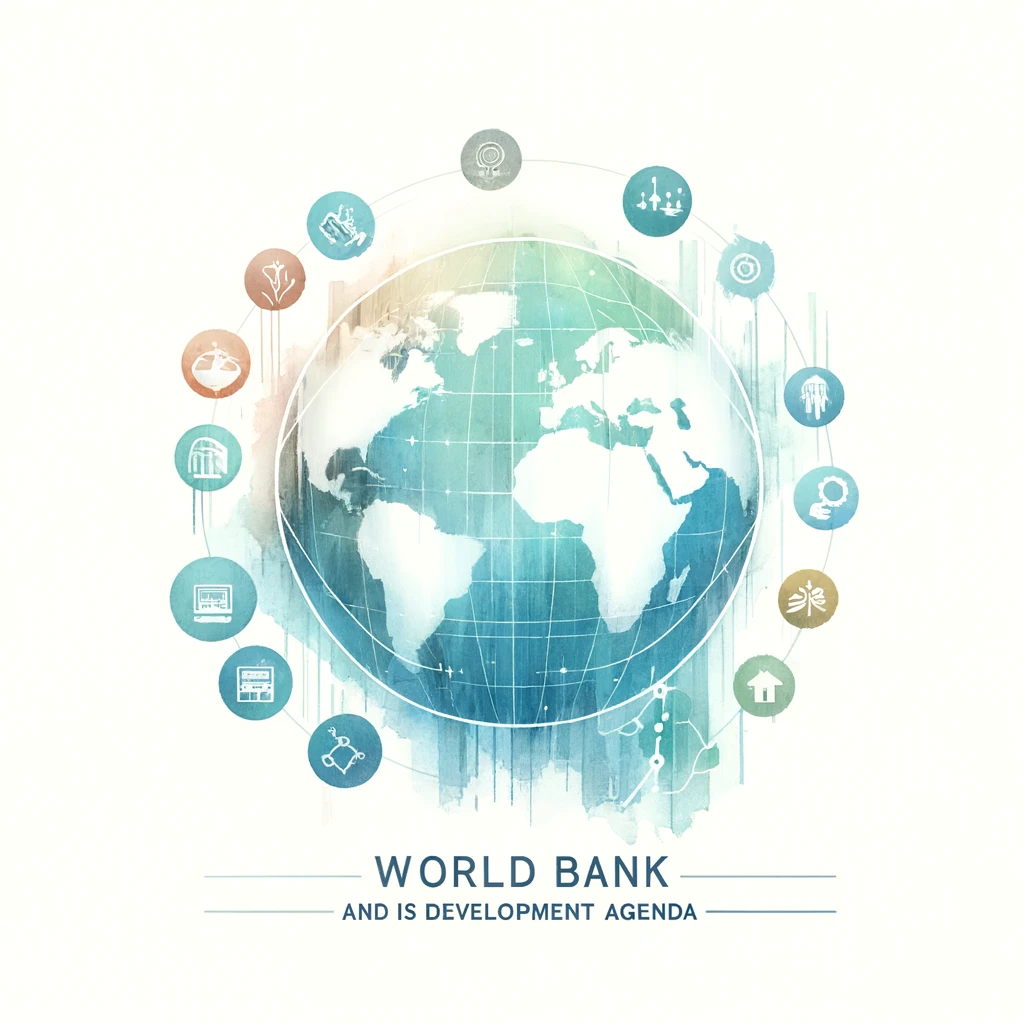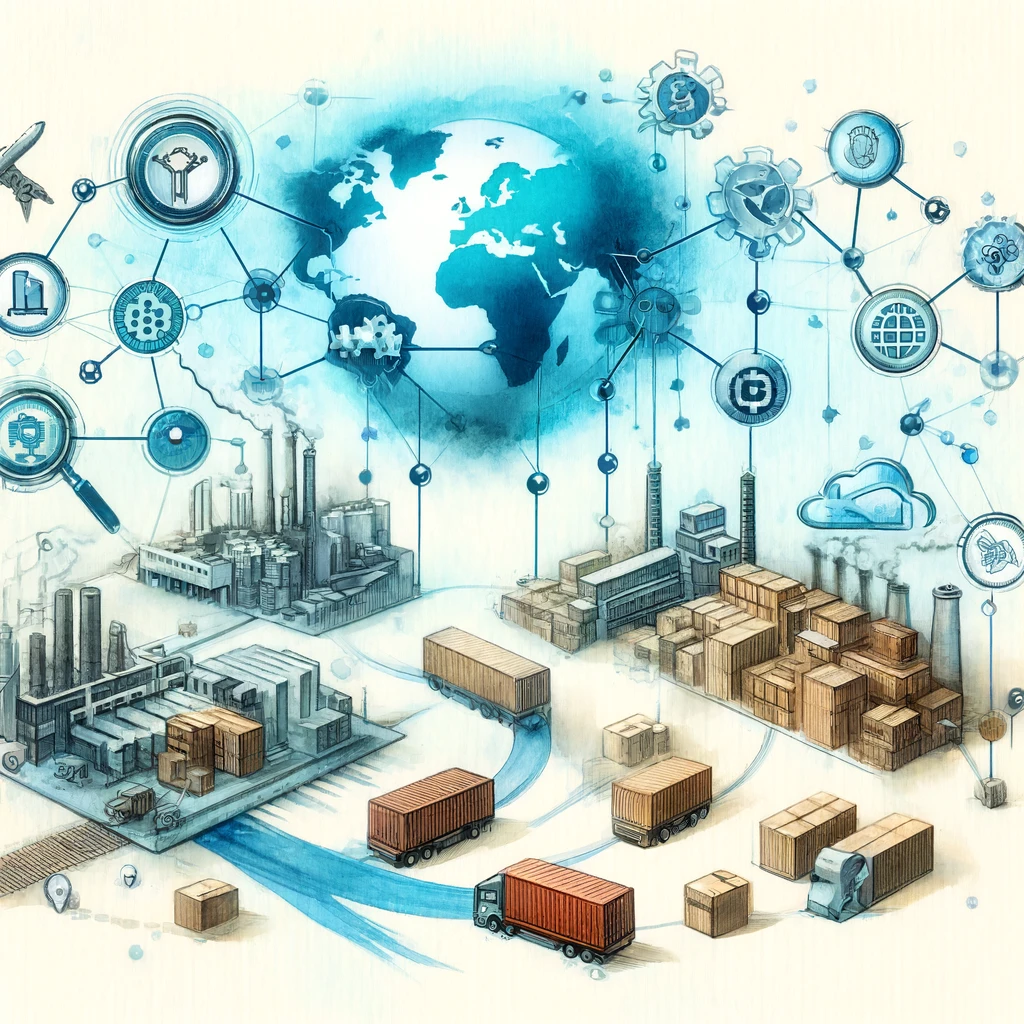The recent rail accident near Siliguri, West Bengal, where a freight train collided with a passenger train, has highlighted the urgent need for safety reforms in Indian Railways. This incident is part of a worrying trend of rail accidents in India, underscoring long-standing issues with infrastructure and policy. The collision between a goods train and the Sealdah Kanchanjunga Express near Siliguri is a stark reminder of the safety challenges in Indian Railways. Since 1995, there have been seven major accidents, resulting in over 1,600 deaths. Despite its importance for a densely populated country, Indian Railways has been plagued by frequent policy changes, unfulfilled expansion plans, and infrastructure failures. To address these issues, a thorough review of priorities, modernization of aging infrastructure, and a strategic plan are essential to restoring confidence in the safety and reliability of Indian Railways.
Origin of the Article
This editorial is based on “West Bengal train accident highlights need for a thorough review of misplaced priorities of past two decades in Indian Railways,” published in The Hindu on June 19, 2024.
Relevancy for UPSC Students
For UPSC aspirants, understanding the challenges facing Indian Railways is crucial. This topic is relevant to the GS Paper 3 syllabus, covering infrastructure and safety issues. It also aids in developing analytical skills by evaluating government policies and their impact on public safety.
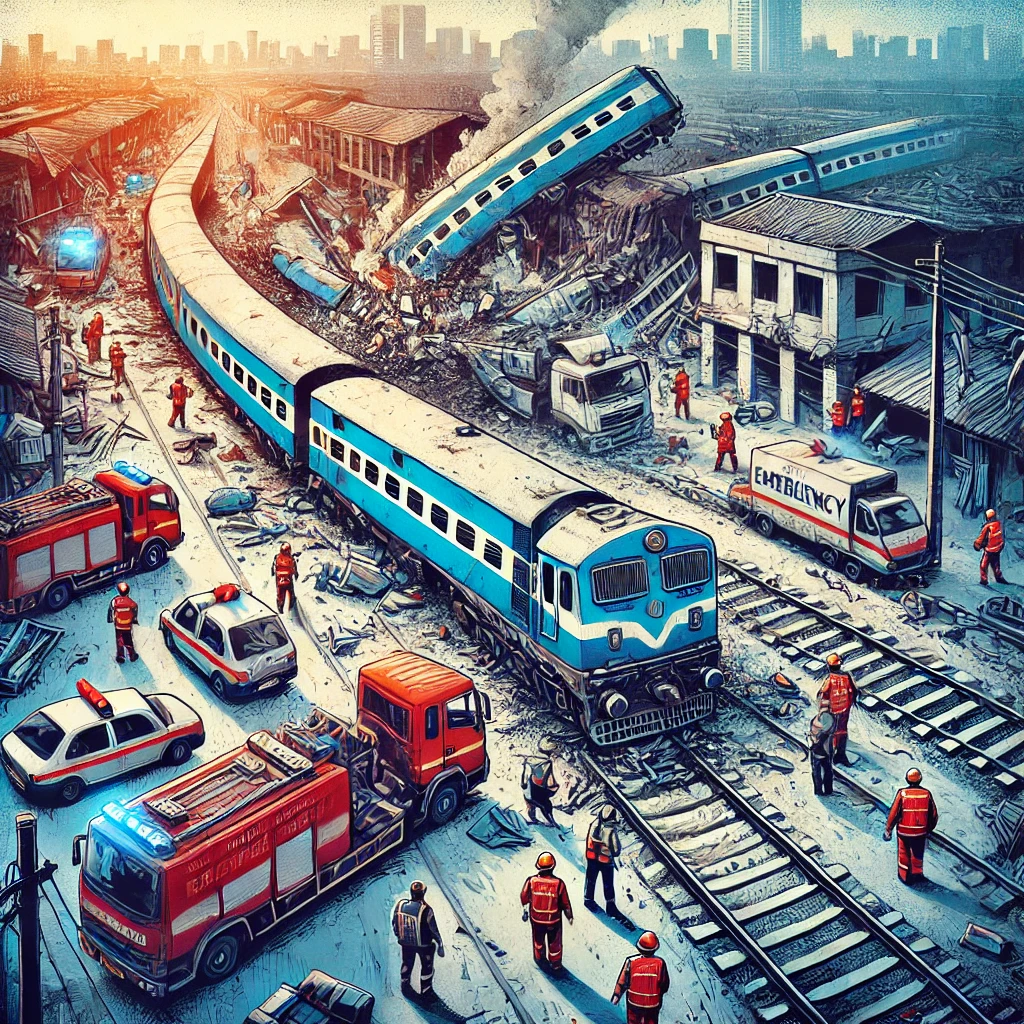
Why in News
The recent train accident near Siliguri, West Bengal, where a freight train collided with a passenger train, has underscored the critical safety issues plaguing the Indian Railways. This incident is significant for UPSC aspirants as it highlights the importance of understanding infrastructural challenges, policy implementation, and safety measures in India’s transportation sector. Similar topics have been tested in previous UPSC exams, emphasizing the need for comprehensive knowledge in this area.
Current Organizational Structure of Indian Railways
Indian Railways, established in 1853, is one of the world’s largest railway networks. The first train journey in India was a 21-mile stretch from Bombay to Thane. Indian Railways aims to modernize and expand through the National Rail Plan (NRP) 2030, highlighting its critical role in the nation’s transportation infrastructure.
Revenue
In 2022–23, Indian Railways earned 69% of its internal revenue from freight and 24% from passenger traffic. The remaining 7% came from miscellaneous sources like parcel service, coaching receipts, and platform tickets. This revenue distribution underscores the crucial role of freight services in sustaining the financial health of Indian Railways.
Structure
Ministry of Railways
The Ministry of Railways is responsible for formulating overall railway policy, setting strategic directions, overseeing budgetary allocations, and approving major projects. It provides essential policy guidance to the Railway Board, ensuring that the Indian Railways operates within a well-defined strategic framework.
Railway Board
The Railway Board implements policies set by the Ministry of Railways, oversees day-to-day operations, and formulates long-term plans for network development, modernization, and safety improvements. It is pivotal in ensuring the efficient and safe operation of the railway network.
Zonal Railways
Indian Railways is divided into 17 zones, each managed by Divisional Railway Managers (DRMs). These zones are responsible for maintaining tracks, rolling stock, and infrastructure, enforcing safety regulations, and generating revenue within their jurisdictions. An 18th zone, South Coast Railway, is proposed to enhance operational efficiency further.
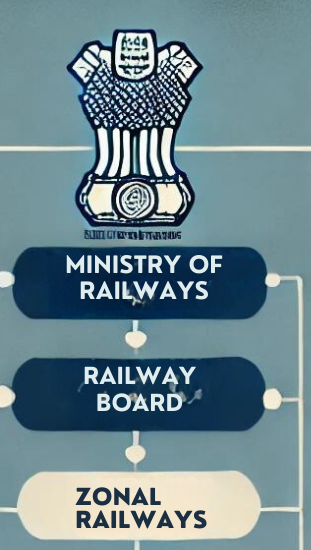
Major Issues Related to Indian Railways
Indian Railways faces significant challenges, including safety concerns, financial performance issues, and modernization hurdles. These issues stem from aging infrastructure, asset failures, and slow technological adoption, affecting its efficiency and reliability.
Accidents and Derailments
Frequent accidents and derailments plague Indian Railways due to poor infrastructure maintenance and aging assets. The Comptroller and Auditor General (CAG) report highlights recurring signal failures and rail fractures as major contributors. The Balasore Train collision in 2023 exemplifies these ongoing safety issues.
Challenges in Financial Performance
Indian Railways grapples with financial challenges, particularly the disparity between its profitable freight segment and loss-making passenger services. The 2023 CAG report revealed a staggering Rs. 68,269 crore loss in passenger services, offset by profits from freight traffic, highlighting the need for financial reforms.
Cripplingly Slow Journeys
The average speeds of mail and express trains remain at 50–51 mph, far below the goals set by “Mission Raftar.” This sluggish pace makes rail travel unattractive for time-sensitive journeys. Despite the introduction of Vande Bharat trains, substantial speed improvements are still lacking.
Slow Integration of Emerging Technologies
Indian Railways has been slow to adopt emerging technologies, hampering efficiency and safety. The Kavach System, designed to prevent train collisions, is installed on only 1,465 km of tracks. Contracts for an additional 3,000 km are pending, indicating slow technological integration.
Challenges in Public-Private Partnership (PPP) Models
Implementing PPP models has been challenging for Indian Railways, with issues in revenue-sharing, operational autonomy, and regulatory uncertainties. Initiatives like Bharat Gaurav faced hurdles in attracting private participation due to complex contractual frameworks and limited risk-sharing mechanisms.
Ineffective Asset Utilization and Maintenance Strategies
Indian Railways faces inefficiencies in asset utilization and maintenance. Incidents like the theft of a 500-tonne railway bridge and kilometers of railway track in Bihar highlight the need for better asset management strategies and stringent enforcement by Railway Protection Force (RPF) personnel.
Recommendations by Various Committees to Enhance Railway Safety
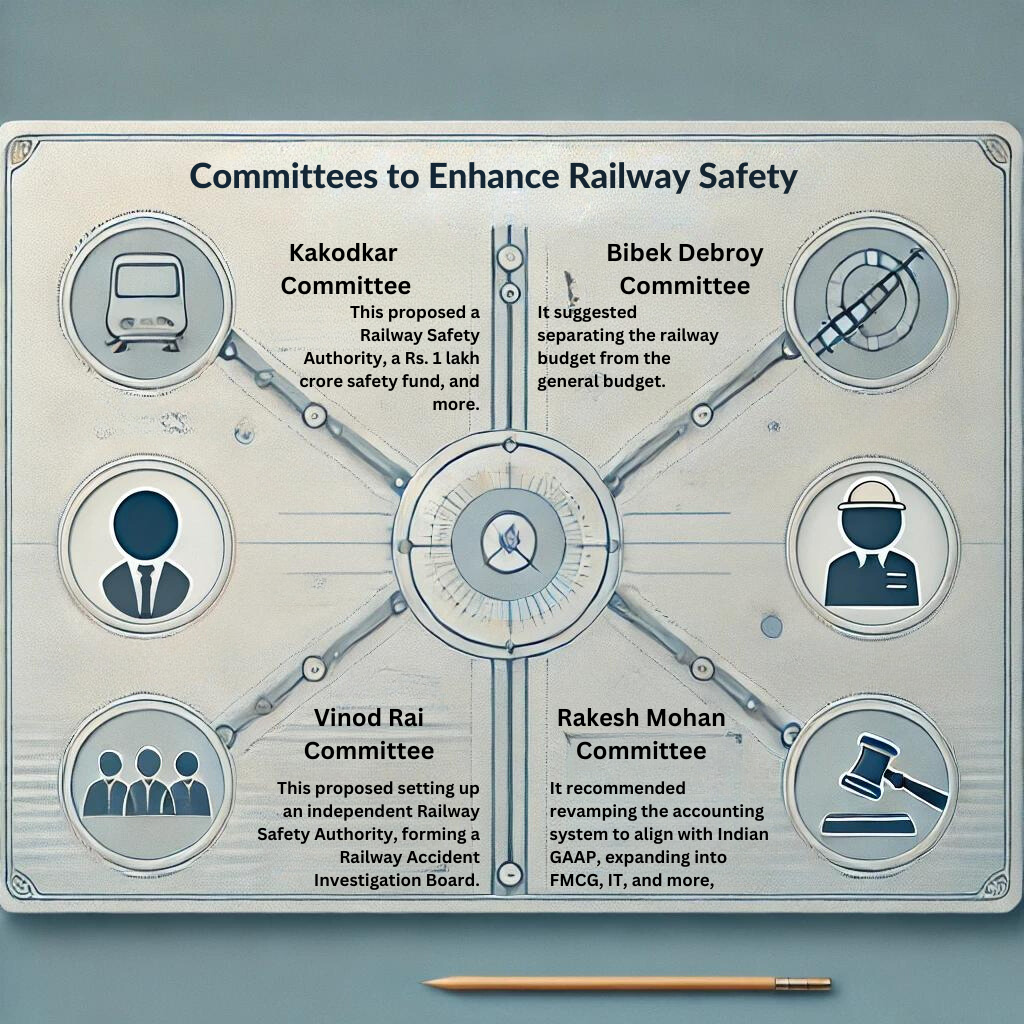
Various committees have provided recommendations to improve railway safety and infrastructure. Key committees include the Kakodkar Committee, Bibek Debroy Committee, Vinod Rai Committee, and Rakesh Mohan Committee, each offering strategic insights for enhancing safety.
Kakodkar Committee (2012)
The Kakodkar Committee recommended establishing a Railway Safety Authority, creating a non-lapsable Rashtriya Rail Sanraksha Kosh (RRSK) of Rs. 1 lakh crores for safety projects, adopting advanced track maintenance technologies, and enhancing human resource development. Independent accident investigations were also emphasized.
Bibek Debroy Committee (2014)
The Bibek Debroy Committee suggested separating the railway budget from the general budget, outsourcing non-core activities, and establishing a Railway Infrastructure Authority of India. These recommendations aim to improve financial management and operational efficiency.
Vinod Rai Committee (2015)
The Vinod Rai Committee proposed setting up an independent Railway Safety Authority, forming a Railway Accident Investigation Board, establishing a Railway Infrastructure Company, and implementing performance-linked incentives for employees. These measures aim to enhance safety and accountability.
Rakesh Mohan Committee (2010)
The Rakesh Mohan Committee recommended revamping the accounting system to align with Indian GAAP, expanding into FMCG, IT, and logistics, focusing on high-speed corridors, and improving connectivity to industry clusters and ports. Developing logistics parks at key network hubs was also suggested.
Measures to Improve the Railway Sector in India
Strategic measures are essential to enhance the efficiency, safety, and sustainability of Indian Railways. These include integrated logistics, renewable energy integration, intelligent transportation systems, land development, and leveraging digital technologies.
Integrated Multimodal Logistics Solutions
Developing integrated logistics solutions can optimize the movement of goods and passengers. Establishing logistics parks and multimodal hubs near industrial clusters and urban centers can facilitate intermodal connectivity and reduce inefficiencies.
Renewable Energy Integration
Integrating renewable energy sources, such as solar panels on station rooftops and along tracks, can reduce the environmental impact of Indian Railways. Exploring battery-electric and hydrogen fuel cell technologies can further decrease the carbon footprint.
Intelligent Transportation Systems (ITS)
Implementing advanced ITS solutions, such as real-time traffic management and automated train control systems, can optimize network capacity and improve safety. Learning from Germany’s Deutsche Bahn can provide valuable insights into enhancing operational efficiency.
Value Capture from Land Development
Leveraging land assets near railway stations for commercial projects can generate additional revenue. Developing malls and office spaces can create new revenue streams beyond traditional ticketing.
Leverage Digital Twins and Predictive Analytics
Developing digital twins and using predictive analytics can enhance maintenance and asset utilization. Virtual replicas and real-time data analysis can enable proactive maintenance and risk management, improving overall safety and efficiency. Learning from the Netherlands’ Nederlandse Spoorwegen can be beneficial.
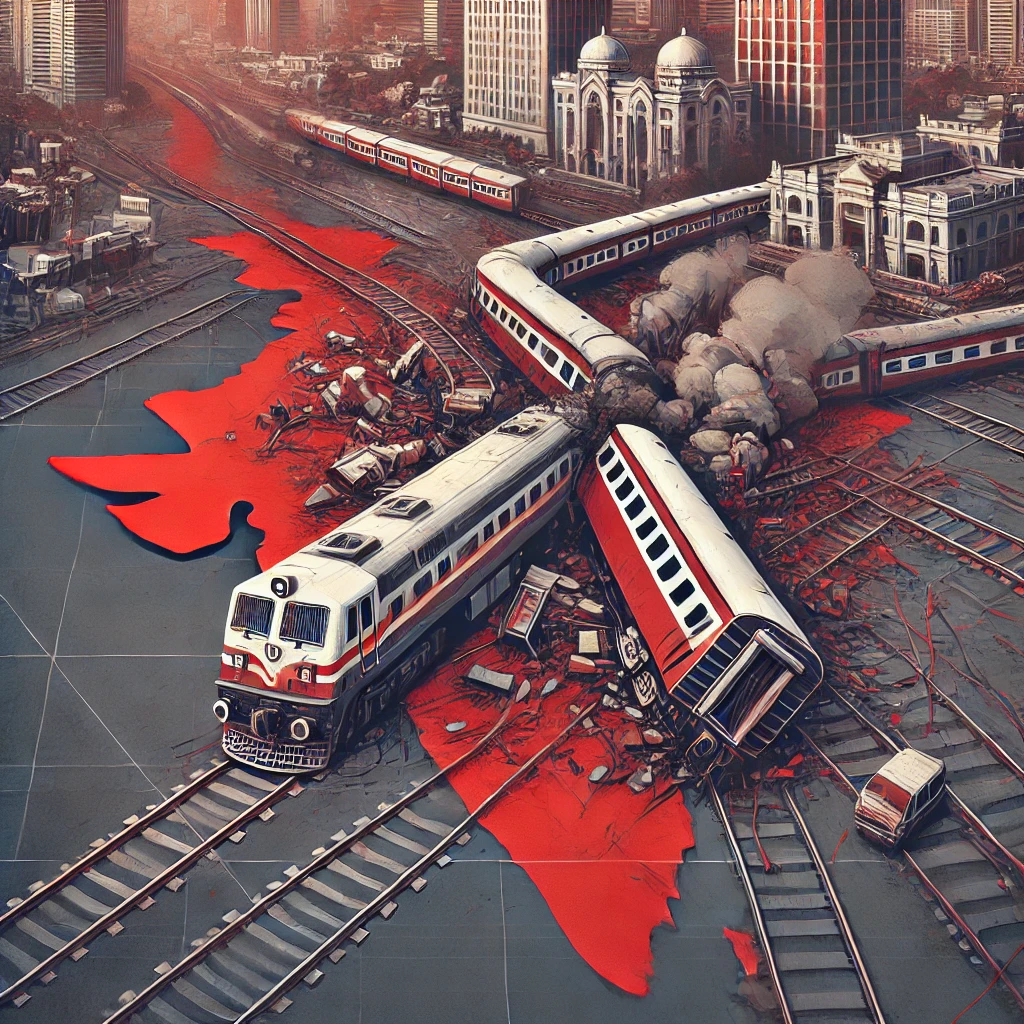
Conclusion
Indian Railways stands at a crucial juncture, needing urgent reforms to ensure safety, efficiency, and modernization. This tragic accident near Siliguri should act as a wake-up call for policymakers to prioritize safety and infrastructure upgrades. Civil services aspirants must recognize the significance of robust policy frameworks and strategic planning in transforming India’s transportation backbone. Reflecting on these challenges and solutions can inspire future administrators to drive meaningful change.
| UPSC Civil Services Examination, Previous Year Questions (PYQs) Mains Q. The performance of the Indian Railways has been plagued by frequent policy changes, outdated infrastructure, and safety concerns. Discuss the measures that need to be undertaken to address these issues effectively. (GS-III, 2022) Q. Analyze the impact of technological advancements such as the Kavach System and Vande Bharat trains on the safety and efficiency of Indian Railways. What further steps can be taken to enhance the safety and operational performance of the railway network? Q. Discuss the critical issues facing the Indian Railways in terms of infrastructure, safety, and policy implementation. How can the National Rail Plan (NRP) for India for 2030 address these issues? |

